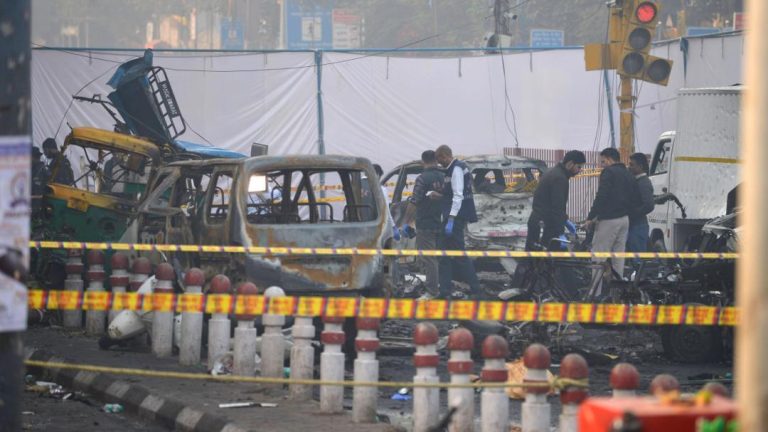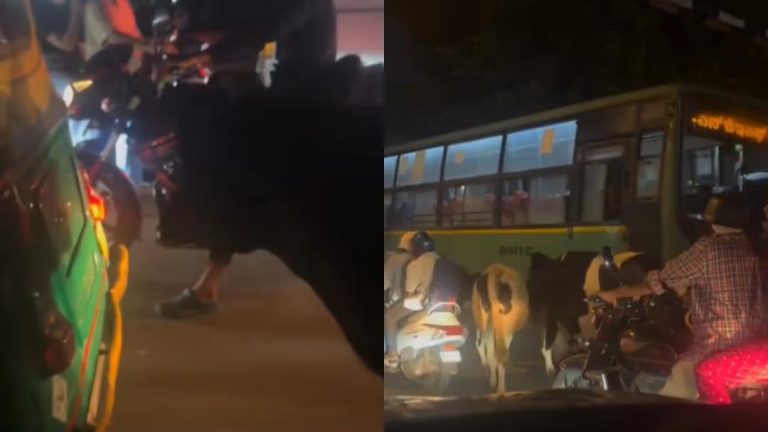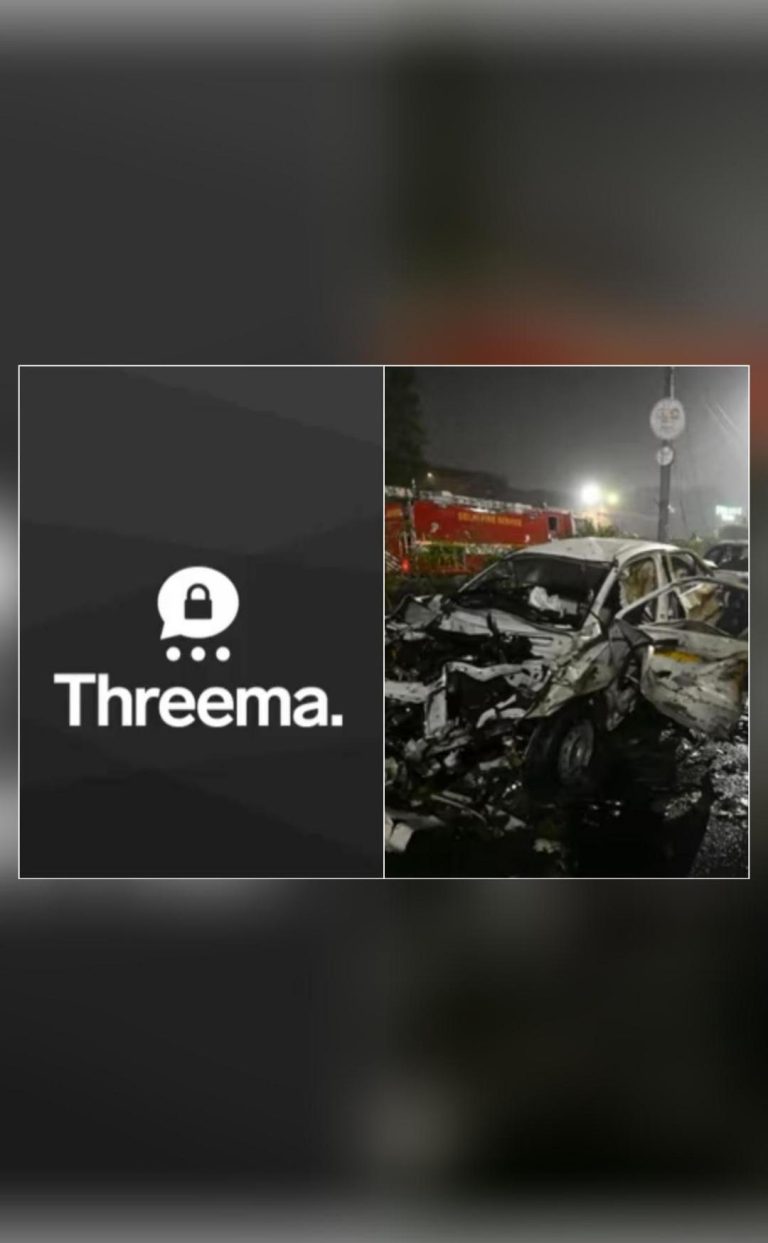
Find it Absurd: J&K CM as Helicopter Service not Allowed in Amarnath Yatra Route
The Amarnath Yatra, one of the most revered pilgrimages in Hinduism, is just around the corner. The annual pilgrimage to the Holy Cave of Shiva in the Valley of Kashmir attracts millions of devotees from across the globe. However, this year, the Jammu and Kashmir (J&K) government has made a surprising decision that has left many scratching their heads. As part of beefed-up security measures, the Amarnath Yatra route has been declared a “no flying zone”. Yes, you read that right! Helicopter services, which were an integral part of the pilgrimage experience, will not be operating this year.
The decision has sent shockwaves across the state, with many questioning the logic behind this move. Amidst the chorus of disbelief, J&K Chief Minister Omar Abdullah has come out in the open to express his skepticism. In a recent statement, he termed the decision “absurd” and expressed his concerns that it could send the wrong message about the situation in J&K to the rest of the nation.
“I find it absurd that helicopter services are not being allowed on the Amarnath Yatra route. This could send a wrong message to the rest of the nation about J&K’s situation,” Omar Abdullah said in a statement. However, despite his reservations, the Chief Minister expressed his happiness that the Yatra is going to start soon.
So, what led to this unusual decision? The J&K government has cited security concerns as the primary reason for banning helicopter services. The move is part of a broader effort to enhance security measures for the Yatra, which is expected to attract over 500,000 pilgrims this year. The government has also increased the number of security personnel and set up additional checkposts along the route to ensure the smooth conduct of the pilgrimage.
While security concerns are understandable, many are wondering if the decision to ban helicopter services is a step too far. The Amarnath Yatra is a challenging and arduous journey, especially for the elderly and the infirm. The helicopter service was a welcome respite for many, offering a brief break from the physical exertion and grueling terrain. Without it, pilgrims will have to rely on foot or pony services, which will undoubtedly add to the difficulties of the journey.
Furthermore, the decision to ban helicopter services raises questions about the efficacy of the security measures. If the threat is so serious, why is it necessary to completely shut down the helicopter service? Could alternative measures not have been taken to balance security concerns with the needs of the pilgrims?
The decision has also sparked concerns about the economic impact on the local communities that depend on the Yatra. The pilgrimage is a significant source of income for many families, who rely on the influx of pilgrims to sustain their livelihoods. Without the helicopter service, the economic benefits of the Yatra will undoubtedly be reduced, causing hardship for many innocent families.
In conclusion, the decision to ban helicopter services on the Amarnath Yatra route may have been well-intentioned, but it is undoubtedly a step in the wrong direction. The J&K government must reconsider this decision and explore alternative security measures that do not compromise the comfort and safety of the pilgrims. As Omar Abdullah so aptly put it, the decision is “absurd” and could send the wrong message about the situation in J&K. It is time for the government to rethink its stance and find a solution that balances security concerns with the needs of the pilgrims.






